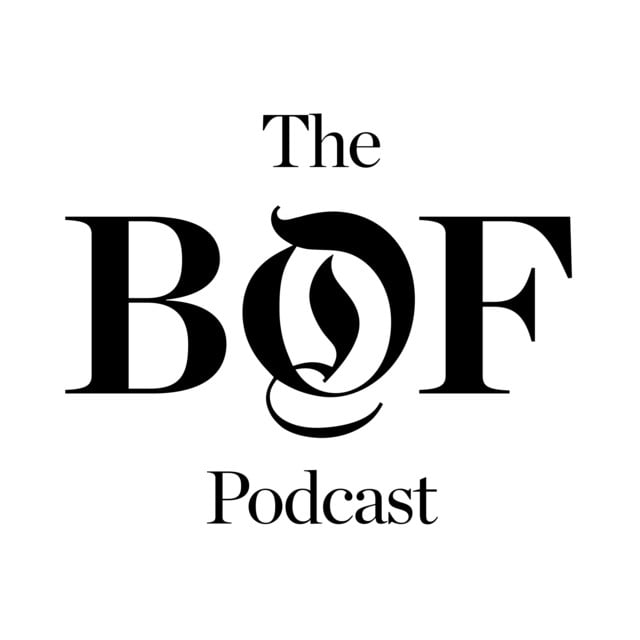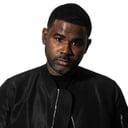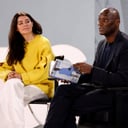
Why Hailey Bieber Won the Celebrity Beauty Lottery
Bieber, a celebrity and influential beauty figure with a strong Gen-Z following, launched Rhode just three years ago, quickly distinguishing the brand with minimalist product offerings closely tied to Bieber's personal aesthetic. She just sold to E.l.f. Beauty for $1 billion, even as rival celebrity beauty brands struggle to grow sales or attract buyers. Priya Rao, executive editor at The Business of Beauty at BoF, joins the Business of Fashion's Brian Baskin and Sheena Butler-Young to discuss how Rhode distinguished itself in a crowded celebrity beauty landscape, why E.l.f. Beauty saw strategic value in the acquisition, and what this landmark deal signals about the evolving beauty industry.Key Insights: Rhode’s clean, minimal brand aesthetic also mirrors e.l.f.’s broader mission, albeit at a different price point. "There’s something about Rhode’s branding that really makes sense with what E.l.f. already does. They both want to be accessible but aspirational," Rao notes. Like Rhode, "E.l.f. has always had a really good sense of what young people want," says Rao.The success of Rhode demonstrates that differentiated, clearly communicated value propositions continue to resonate strongly in the beauty market. "From the consumer side, this just shows that the right brand can find the right price at any time, as long as you're able to point and show you offer something different," explains Rao.Rao highlights how rare it is for a celebrity beauty brand to resonate beyond hype. "Most celebrity beauty brands are not succeeding at this level," she says. Rhode’s limited and focused product assortment have also contributed to its success. "She's not launching everything under the sun," says Rao. "She’s focusing on what she knows and what her audience connects with, and that’s why it’s working."The acquisition isn't just about short-term gain – E.l.f. sees lasting value. "This isn't a flash in the pan for them," says Rao. "They’re betting on Rhode being a long-term growth eng...

Why Hailey Bieber Won the Celebrity Beauty Lottery
Bieber, a celebrity and influential beauty figure with a strong Gen-Z following, launched Rhode just three years ago, quickly distinguishing the brand with minimalist product offerings closely tied to Bieber's personal aesthetic. She just sold to E.l.f. Beauty for $1 billion, even as rival celebrity beauty brands struggle to grow sales or attract buyers. Priya Rao, executive editor at The Business of Beauty at BoF, joins the Business of Fashion's Brian Baskin and Sheena Butler-Young to discuss how Rhode distinguished itself in a crowded celebrity beauty landscape, why E.l.f. Beauty saw strategic value in the acquisition, and what this landmark deal signals about the evolving beauty industry.Key Insights: Rhode’s clean, minimal brand aesthetic also mirrors e.l.f.’s broader mission, albeit at a different price point. "There’s something about Rhode’s branding that really makes sense with what E.l.f. already does. They both want to be accessible but aspirational," Rao notes. Like Rhode, "E.l.f. has always had a really good sense of what young people want," says Rao.The success of Rhode demonstrates that differentiated, clearly communicated value propositions continue to resonate strongly in the beauty market. "From the consumer side, this just shows that the right brand can find the right price at any time, as long as you're able to point and show you offer something different," explains Rao.Rao highlights how rare it is for a celebrity beauty brand to resonate beyond hype. "Most celebrity beauty brands are not succeeding at this level," she says. Rhode’s limited and focused product assortment have also contributed to its success. "She's not launching everything under the sun," says Rao. "She’s focusing on what she knows and what her audience connects with, and that’s why it’s working."The acquisition isn't just about short-term gain – E.l.f. sees lasting value. "This isn't a flash in the pan for them," says Rao. "They’re betting on Rhode being a long-term growth eng...


















































